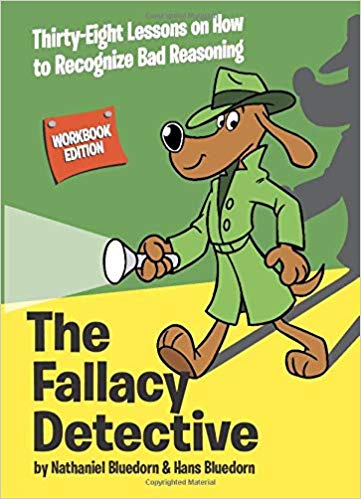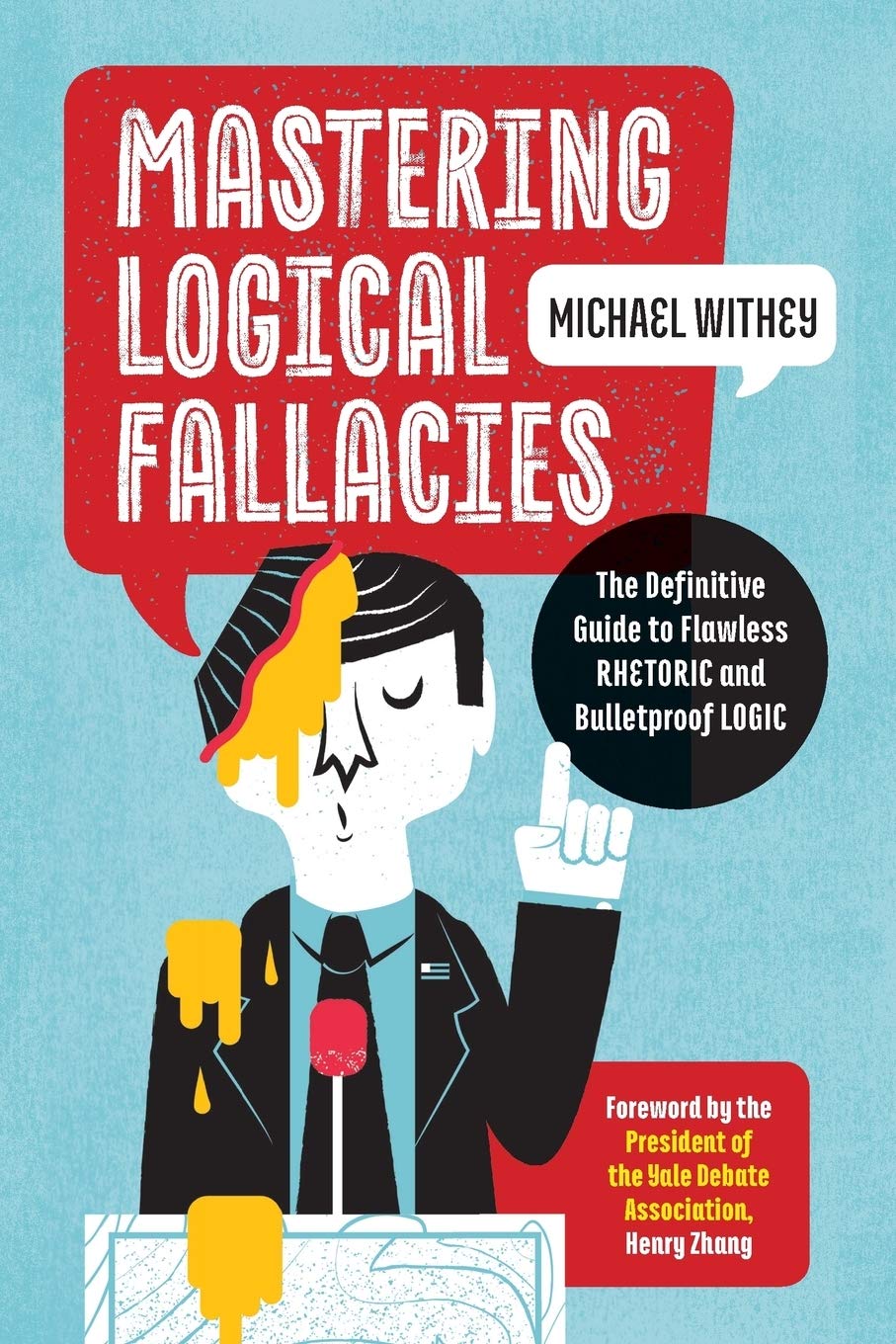
Texas Sharpshooter
The Texas sharpshooter fallacy occurs when a speaker chooses a cluster of data to apply to their argument, or when they find a pattern that they can apply to a presumption.
Example of Texas Sharpshooter
- A recent study showed that the top 10 countries where Italian soda is most commonly consumed are also countries that have some of the lowest rankings in reported cases of depression. Therefore Italian soda makes people happy.
Though there may be a correlation between the two, that does not necessarily mean causation. - There are some measurements which could be used to conclude that there is global warming happening. But other information and statistics which contradict those results are ignored.

Books About Logical Fallacies
A few books to help you get a real handle on logical fallacies.





Texas SharpshooterExtended Explanation
The Texas Sharpshooter fallacy is a logical fallacy that occurs when data is selectively collected and then used to support the conclusion of the argument. It is commonly used to describe situations where a person or group of people cherry-pick data points from a set of available data to support a predetermined conclusion, giving the impression that the data points were chosen for their relevance to the conclusion. In other words, the data points are chosen not for their relevance to the conclusion, but for their ability to support the conclusion.
The name comes from the analogy that a person shooting at a barn wall from a distance of many yards will create a random pattern of bullet holes. However, if the shooter then paints a bulls-eye around the cluster of bullet holes that are closest together, it will falsely appear that their aim was accurate. This is analogous to the way data can be selectively chosen to falsely appear to support a predetermined conclusion.
The Texas Sharpshooter fallacy is an example of confirmation bias, where a person selectively chooses data points that support their existing beliefs or preconceptions, while ignoring or disregarding data points that contradict those beliefs. This form of bias is particularly common when people are trying to confirm a hypothesis or theory they already believe to be true. It is also common when people are attempting to prove a point or discredit an opposing argument.
The Texas Sharpshooter fallacy can be avoided by using a more comprehensive approach to data collection and analysis. This involves looking at all available data points, not just those that support one’s existing beliefs or preconceptions. It also involves attempting to disprove a hypothesis or theory, rather than simply looking for evidence to support it. Additionally, it is important to avoid the temptation to fit data points to a predetermined conclusion, and instead to allow the data to speak for itself.